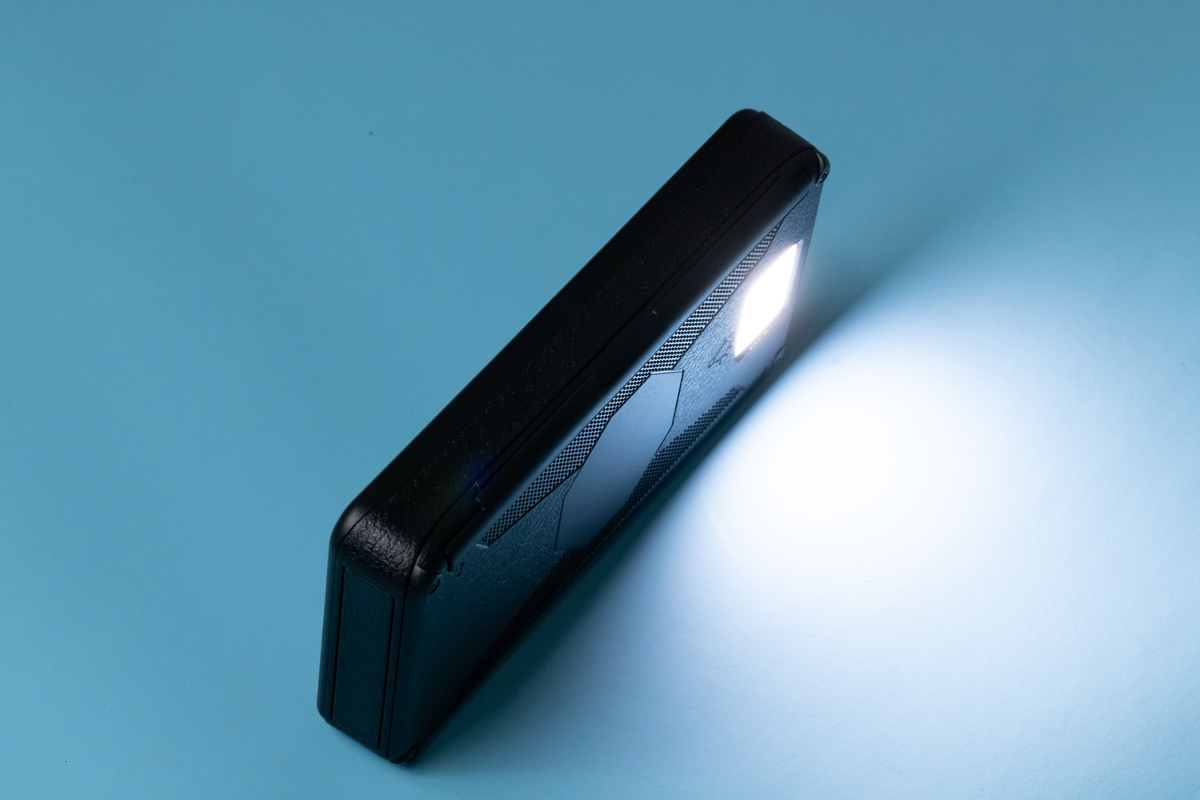Comparison of the difference between mobile power polymer battery and ternary lithium battery
2022-01-16 21:44:33
To distinguish from the materials used, the
positive electrode materials of the mobile power polymer battery are divided
into lithium cobalt oxide, lithium manganate, ternary materials and lithium
iron phosphate materials. The negative electrode is graphite, and the working
principle of the battery is basically the same. The important difference
between the positive electrode materials for polymer lithium ion batteries is
the difference in electrolytes. Liquid lithium ion batteries use liquid
electrolytes, while polymer lithium ion batteries are replaced by solid polymer
electrolytes. This polymer can be dry or glued. In the current state, most of
the polymer gel electrolytes are currently used. 
The positive electrode material of the ternary polymer lithium ion battery is a lithium ion battery using the ternary positive electrode material of nickel cobalt lithium manganate or lithium nickel cobalt aluminate. The ternary composite positive electrode material is nickel salt, cobalt salt, and manganese salt as raw materials. The ratio of nickel, cobalt and manganese can be adjusted according to the actual situation.
The battery with ternary material as the positive electrode has high safety related to lithium cobalt oxide battery, but the voltage is too low. Among them, lithium iron phosphate has a long charge-discharge cycle life as a cathode material, but its disadvantages are that there is a big gap in energy density, high and low temperature performance, and charge-discharge rate characteristics, and the production cost is high.
The technology and application of lithium iron phosphate batteries Has encountered development bottlenecks; lithium manganate battery has low energy density, poor cycle stability and storage performance at high temperatures, so lithium manganate is only used as the positive electrode material of the first-generation international power lithium battery; and multi-element materials have a comprehensive The dual advantages of performance and cost are increasingly being paid attention to and recognized by the industry, gradually surpassing lithium iron phosphate and lithium manganate to become the mainstream technology route.
The performance characteristics of polymer lithium batteries: shaping flexibility, higher mass specific energy, wide electrochemical stability window, perfect safety and reliability, longer cycle life, less capacity loss, and high volume utilization.
The performance characteristics of ternary lithium-ion batteries: a relatively balanced material in terms of capacity and safety, cycle performance is better than normal lithium cobalt oxide, and its scope of use is limited, but so far, with the continuous improvement of the formula and the perfect structure , The nominal voltage of the battery has reached 3.7V, and the capacity has reached or exceeded the level of lithium cobalt oxide batteries.
-
skype
Zale Zhou
